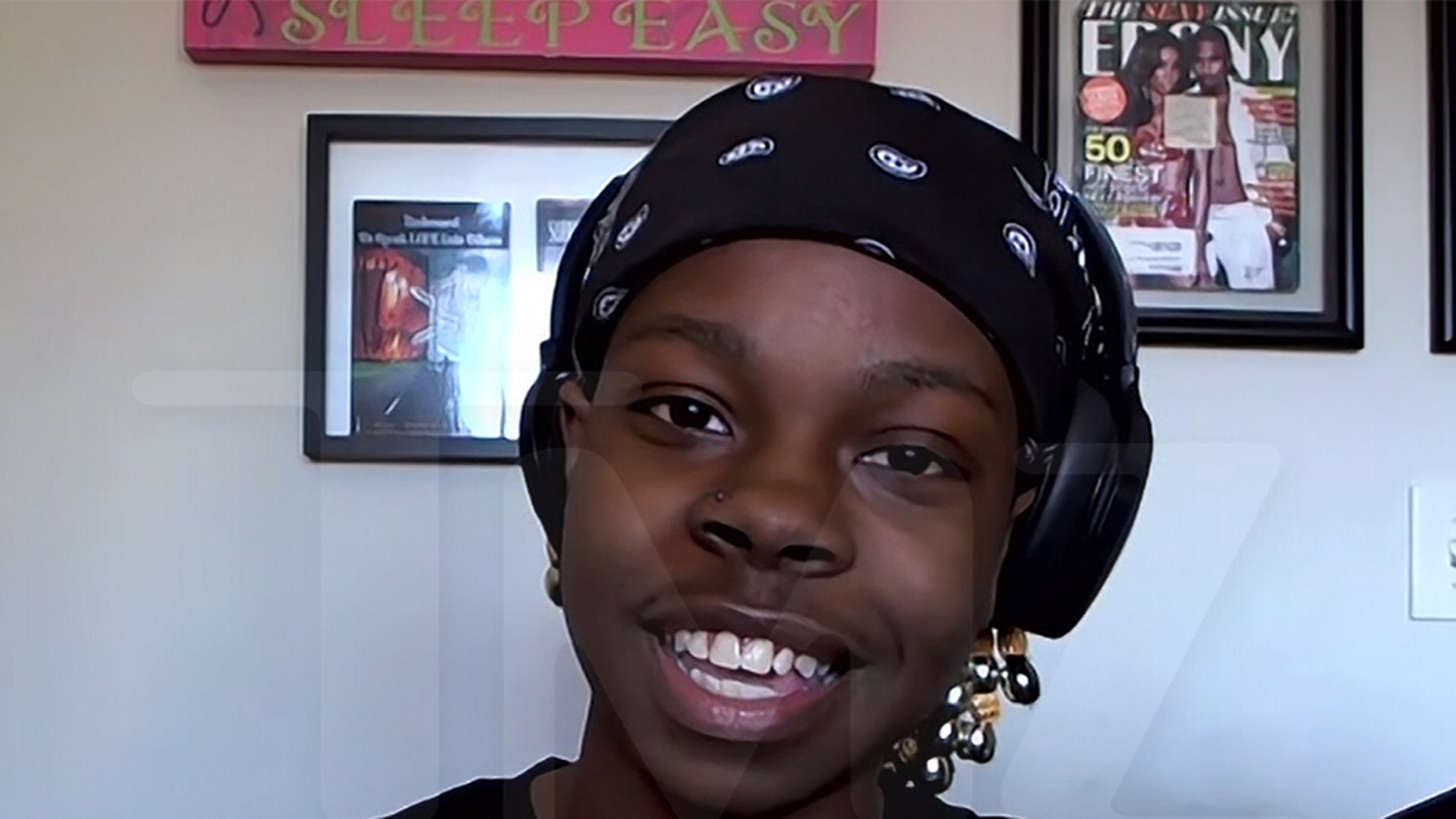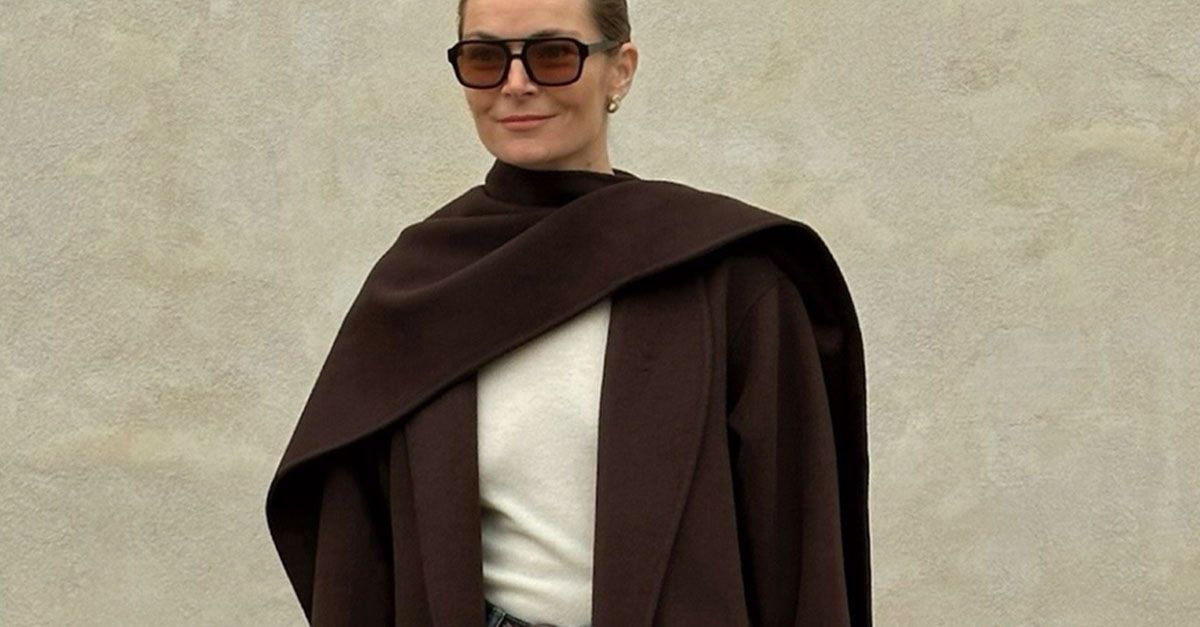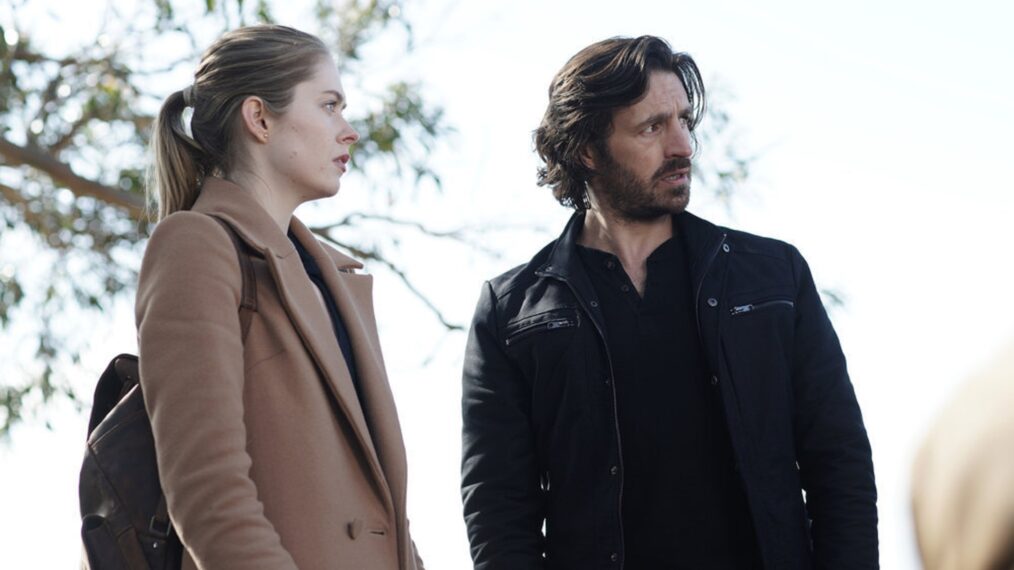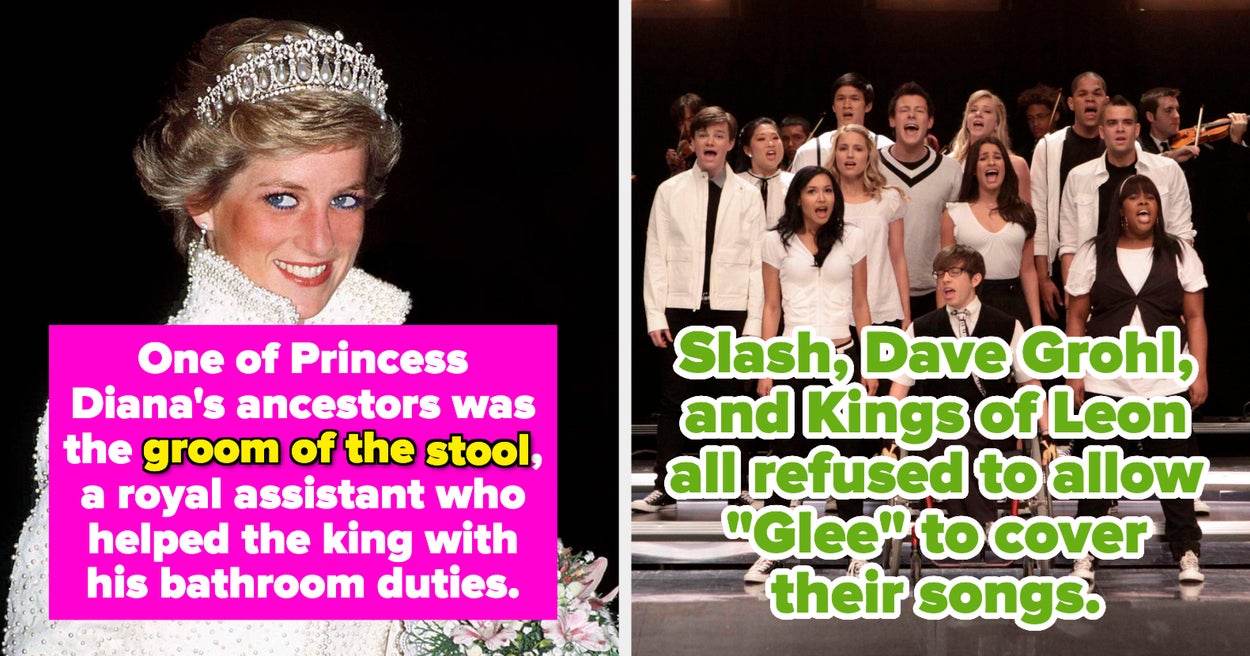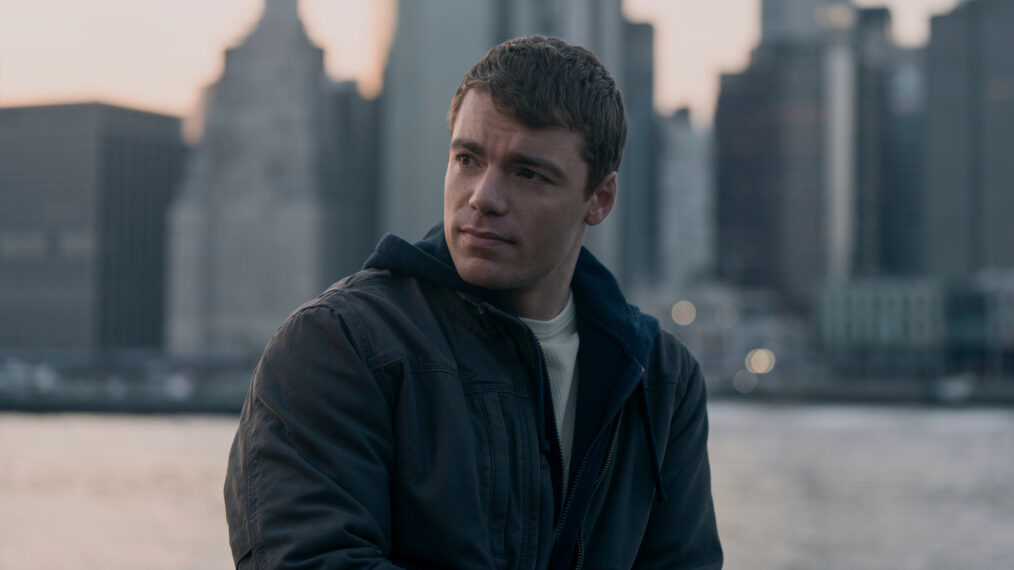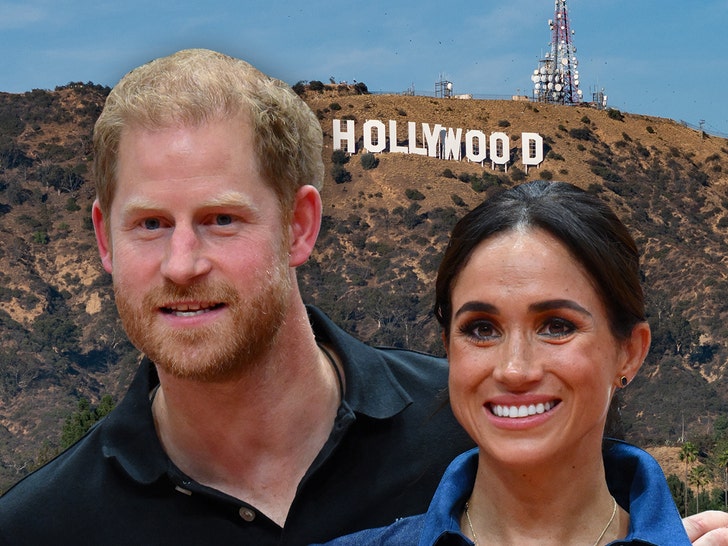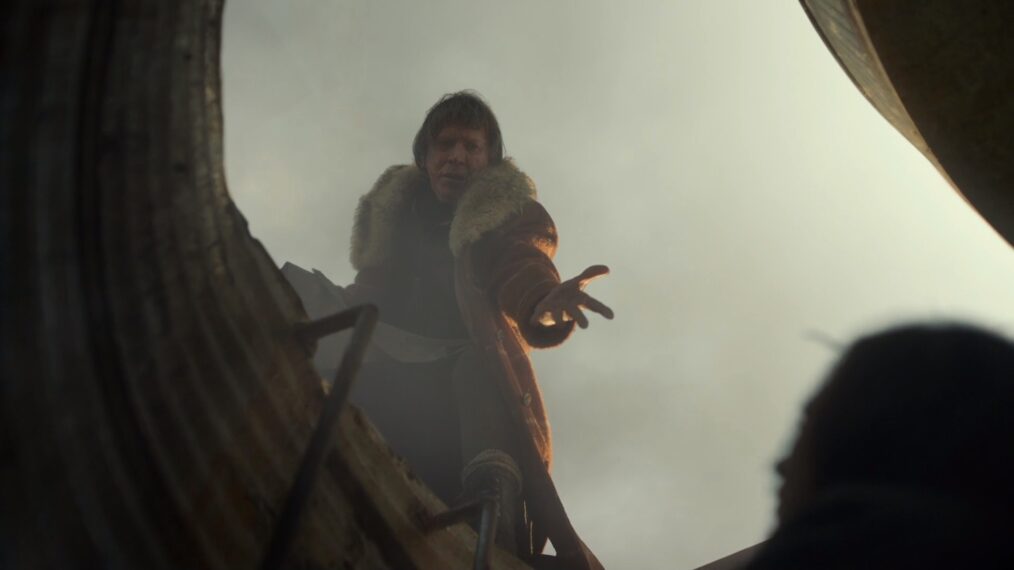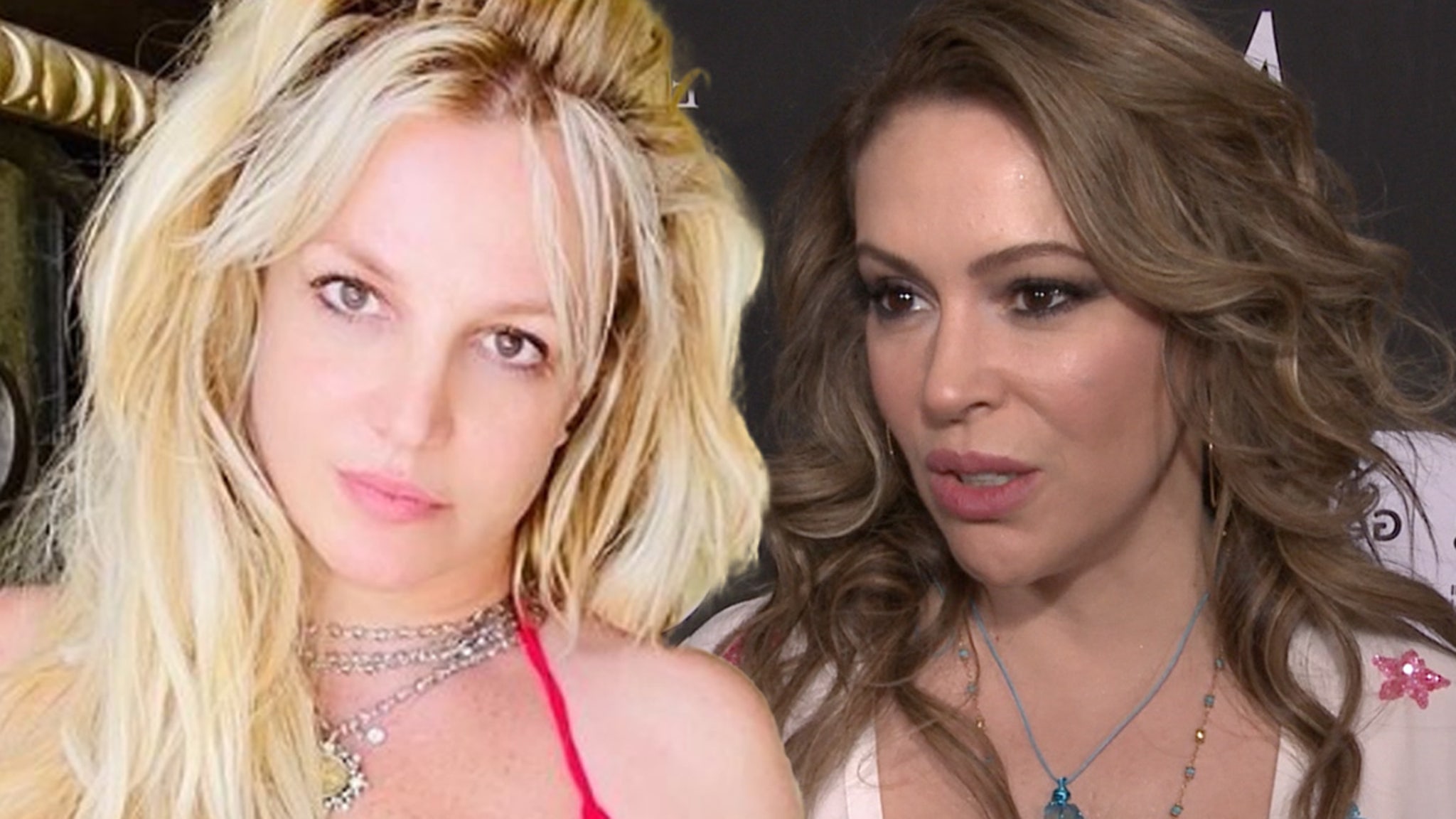Chapter 1 of the DC Universe is stacked with the heaviest of heavy hitters from the company’s superhero library. Superman is getting a new movie from James Gunn. Batman and Robin will headline their first shared movie in 25 years. The Green Lantern Corps is getting its own event series. Wonder Woman’s sisters on Themyscira will get their own spotlight on HBO Max.
And then there’s The Authority.
That was the only character (or group of characters) included in the batch of five films that will comprise the cinematic half of DC Chapter 1 that hasn’t previously in at least one movie before. This relatively obscure group is getting their own film, which the official announcement describes thusly: “WildStorm characters will join the DCU as members of The Authority take matters into their own hands to do what they believe is right.”
That sounds like The Authority, but it doesn’t fully explain why they’re getting their own movie — or why the original Authority stories from WildStorm might be the most influential DC comic book of the 21st century.
Although largely defunct now, WildStorm was an important DC Comics imprint of the late 1990s and 2000s. It was the publishing home of Jim Lee, and began as his studio while he was part of the original crew of artists who defected from Marvel to form Image Comics in the early 1990s. Lee sold WildStorm to DC in 1998 as he began illustrating more and more DC books.
WildStorm’s bedrock books had long been WildC.A.T.s., about a team of superheroes who battled an alien race, and Stormwatch, about a United Nations organization that protects the world. (The company name, WildStorm, came from the two series.) But shortly after WildStorm moved to DC, Stormwatch came to an end. (In an unusual move, much of the team was killed off during a crossover comic featuring the xenomorphs from the Alien franchise.)
The few surviving members of Stormwatch were spun off into a new series called The Authority, originally written by Warren Ellis and illustrated by artist Bryan Hitch. The initial team lineup featured an eclectic mix of characters. Some were clearly pastiches of popular DC heroes. Apollo, for example, was a Superman-type with strength and flight powers, while Midnighter resembled a darker, tougher version of Batman. Others were like familiar Marvel heroes, like the Doctor, who was a Doctor Strange-esque mystic with the added wrinkle that he was also a drug addict. Others were a bit more unusual, like the Engineer, who’d had her blood replaced with nanotech robots, and Jack Hawksmoor who somehow drew power from cities. The remaining Authority members were Swift, a woman with Hawkgirl-like wings and claws, and Jenny Sparks, who could create electricity.
Ellis and Hitch’s 12 issues of The Authority became a major hit for WildStorm, thanks to the characters’ gritty attitudes and the story’s huge scope, with the heroes fighting for the fate of the entire world in pretty much every issue. Soon The Authority and its huge visuals were being grouped with a variety of other books from the time and dubbed “widescreen comics” — because their epic imagery drew comparisons to blockbuster films. (Remember, this was 1999 before every Hollywood blockbuster was based on a comic.) More and more comics began to made in the widescreen comics style.
After Ellis and Hitch left The Authority, they were replaced by writer Mark Millar and artist Frank Quitely. They mostly maintained the same tone and style and continued the book’s popularity. Shortly after their run concluded, Millar teamed with Hitch on The Ultimates, which was Marvel’s attempt to modernize and update The Avengers for contemporary audiences. In essence, they turned the Avengers into Marvel’s version of the Authority — and that version of the team, including its Nick Fury who looked and acted like Samuel L. Jackson — heavily influenced Marvel’s first Avengers movie.
The Authority continued on under various creative teams for a while, but none of the subsequent runs matched the Ellis/Hitch and MIllar/Quitely runs for buzz and impact. DC eventually closed WildStorm in 2010, at which point they incorporated the company’s most popular characters like Grifter, Voodoo and the members of the Authority, into mainstream DC Comics universe. Initially, the former Authority members were part of a relaunched Stormwatch, but later the characters were further integrated throughout DC. Midnighter and Apollo — who are a married couple — got their own series in 2016. And the team was recently revived as part of a book called Superman and the Authority where they were reassembled to help the Man of Steel battle an alien menace.
So where does the Authority fit into a DC movie and TV universe? Likely in a version close to the one that appeared in those original WildStorm comics, tackling massive threats while affecting an extremely sardonic attitude about everything that happens. (Think a more ruthless, more effective, and less benevolent version of James Gunn’s Guardians of the Galaxy.) Then again, while the classic Authority team exclusively featured WildStorm characters, it wouldn‘t be shocking to see DC Studios incorporate some more famous DC heroes into the group to give the film a bit more star power and name recognition.
If you’re interested in The Authority, all the classic stories are available in a variety of collected editions, including a gigantic “Absolute” edition.
Actors Who Turned Down DC Roles
These major stars could have played some of your favorite DC Comics’ heroes onscreen. But they all said no for one reason or another.










